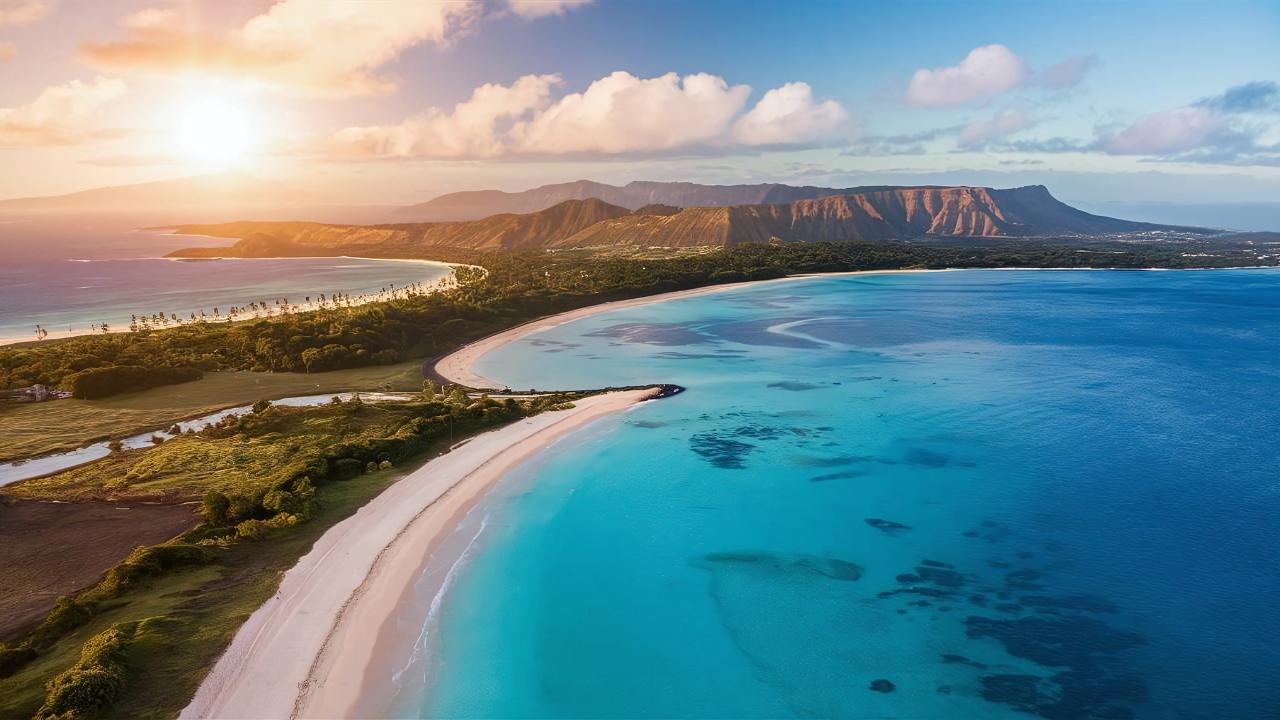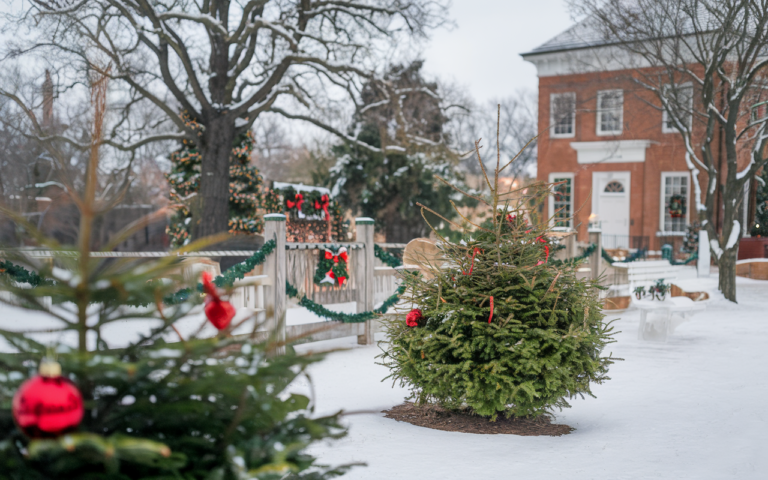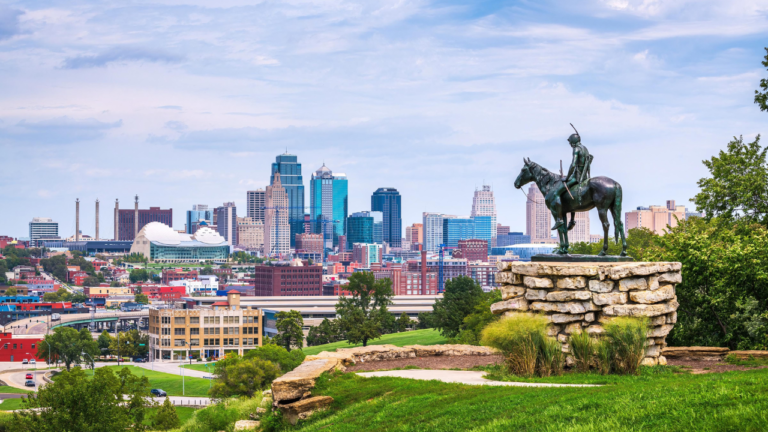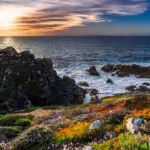Hawaii, the Aloha State, is a perennial favorite for travelers worldwide. With its extraordinary culture, pristine landscapes, and idyllic beaches, it’s no wonder that millions flock to these islands each year. But when is the best time to visit Hawaii? Let’s dive into the seasonal nuances that can help you plan your perfect Hawaiian getaway.
Contents
- 1 High Seasons: The Busy Bees
- 2 Shoulder Seasons: A Sweet Spot
- 3 Weather Wonders: Choosing the Right Climate
- 4 Bargain Hunting: Best Times for Lower Prices
- 5 Surf’s Up: Best Times for Surfing
- 6 Whale Watching: A Spectacle to Behold
- 7 Avoiding the Crowds: Worst Times to Visit
- 8 Island Highlights: Things to Do
- 9 Top Activities in Hawaii
- 9.1 FAQs: Best Time to Visit Hawaii
- 9.1.1 1. What are the best times to visit Hawaii?
- 9.1.2 2. When are Hawaii’s high seasons?
- 9.1.3 3. What is the weather like in Hawaii throughout the year?
- 9.1.4 4. When is the best time to avoid crowds in Hawaii?
- 9.1.5 5. What are the best months for whale watching in Hawaii?
- 9.1.6 6. What are the surfing conditions like in Hawaii?
- 9.1.7 7. How can I save money on a trip to Hawaii?
- 9.1.8 8. What are some must-visit islands in Hawaii?
- 9.1.9 9. Are there any specific activities recommended in Hawaii?
- 9.1.10 10. What should I pack for a trip to Hawaii?
- 9.1.11 11. When is the hurricane season in Hawaii?
- 9.1.12 12. How can I travel responsibly in Hawaii?
- 9.1.13 13. What are some key cultural sites to visit in Hawaii?
- 9.1.14 14. Can I enjoy a Hawaiian vacation on a budget?
- 9.1.15 15. What makes Hawaii a year-round destination?
- 9.1 FAQs: Best Time to Visit Hawaii
- 10 Conclusion: Plan Your Perfect Hawaiian Getaway
High Seasons: The Busy Bees
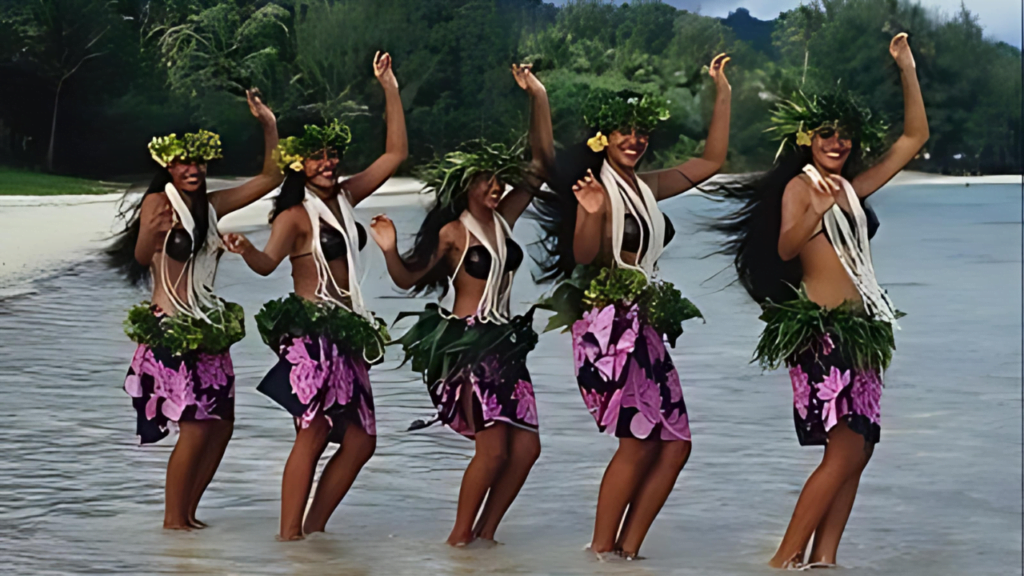
The most popular times to visit Hawaii are during the high seasons, which include June to July and December. These months see the highest influx of tourists, primarily because they coincide with school vacations and the festive holiday season. Families escape to the islands during summer break, and many travelers from colder climates flock to Hawaii in December to enjoy a warm, sunny Christmas.
In July, the visitor count often peaks, as evidenced by the 919,000 visitors recorded in July 2022. Similarly, the winter break in December is a major draw, with people eager to trade snow for sand. The appeal of Hawaii during these times is undeniable, but be prepared for crowded beaches and higher prices.
Shoulder Seasons: A Sweet Spot
For those looking to avoid the crowds and save some money, the shoulder seasons are ideal. Spanning January to May and August to November, these months offer a more relaxed experience with fewer tourists. You’ll find better deals on flights and accommodations, making it an attractive option for budget-conscious travelers.
February and September are particularly quiet, with fewer visitors compared to the rest of the year. In 2022, February saw 630,000 visitors, while September had 703,000. The months surrounding these periods are also relatively peaceful, providing a serene atmosphere for your Hawaiian adventure.
Weather Wonders: Choosing the Right Climate
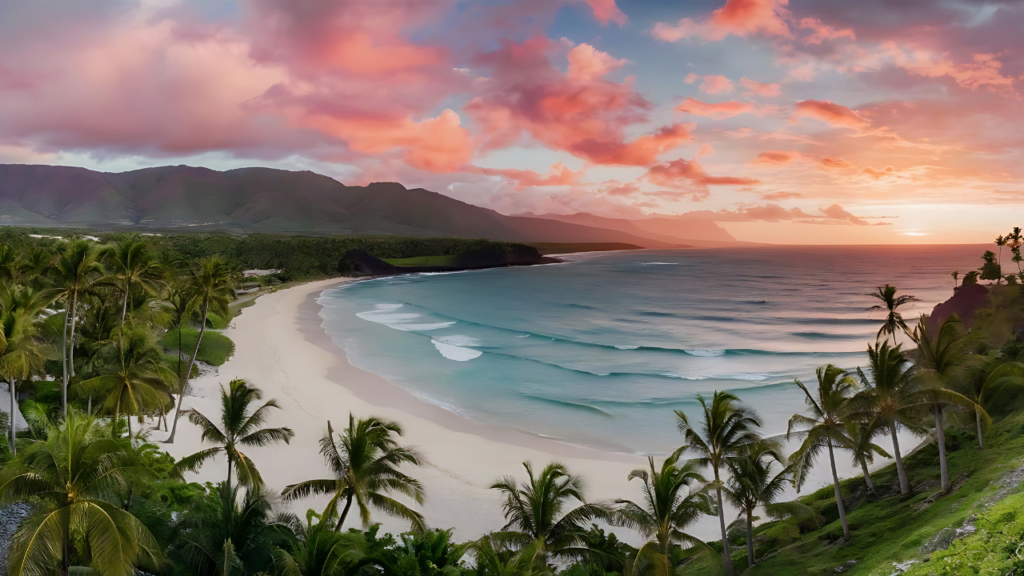
Hawaii’s weather is consistently warm, but there are subtle differences between seasons. The winter months (November to April) have slightly cooler temperatures, averaging 78 degrees Fahrenheit at the beach. Summer (May to October) is warmer, with an average of 85 degrees Fahrenheit. Water temperatures remain pleasant year-round, averaging around 74 degrees but reaching 80 degrees in the summer.
Rainfall is lowest from April to October, making this the driest period. However, even during the wetter winter months, the rain is usually concentrated on the northeastern (windward) sides of the islands. Sunseekers should stick to the leeward southwestern edges for the best chance of clear skies. And don’t forget, Hawaiian rain showers often come with beautiful rainbows!
Hurricane season officially runs from June through November, so it’s wise to stay informed about potential tropical storms during these months.
Bargain Hunting: Best Times for Lower Prices
To get the best deals, plan your trip during the shoulder seasons of late spring and early fall. Hawaiian Airlines suggests traveling on weekdays to save even more on flights. Avoid peak tourist times like Christmas, New Year, spring break, and summer vacation to keep costs down.
Another cost-effective option is to consider a Hawaiian cruise. By choosing an itinerary outside of peak seasons, you can enjoy all that Hawaii has to offer without the high on-shore expenses.
Surf’s Up: Best Times for Surfing
Surfing enthusiasts can enjoy Hawaii’s famous waves year-round, but conditions vary by season. Winter brings larger waves, especially on the north-facing shores, making it ideal for experienced surfers. If you’re a beginner, summer offers smaller, more manageable waves.
Winter also hosts some of the world’s greatest surf contests, like the Vans Triple Crown on Oahu’s North Shore and the Eddie Aikau Invitational, which takes place when waves reach 40 feet.
Whale Watching: A Spectacle to Behold
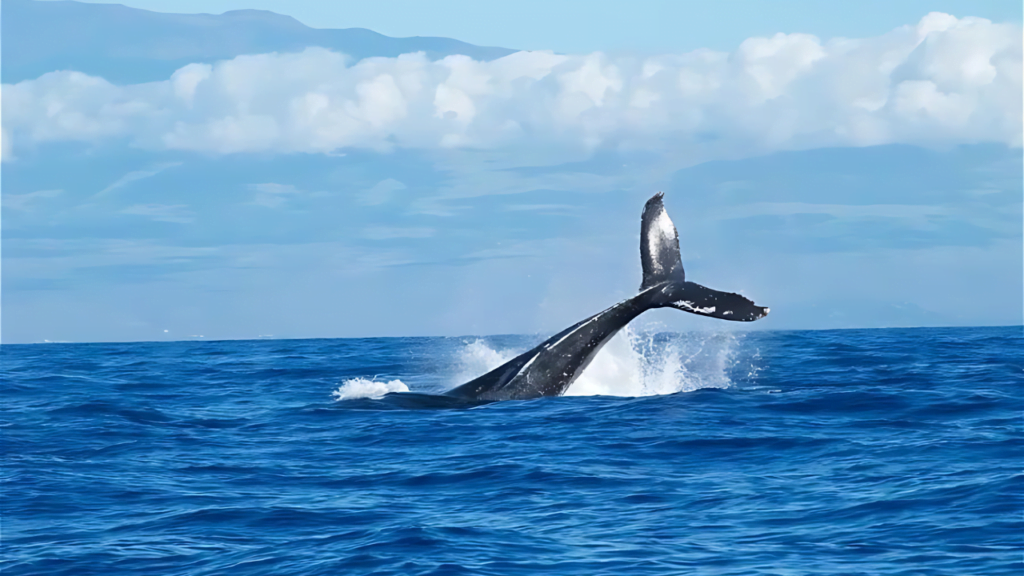
Humpback whales migrate to Hawaiian waters from December through May, with the peak season being January to March. During these months, you can participate in the annual Sanctuary Ocean Count and contribute to whale conservation efforts while enjoying breathtaking views of these magnificent creatures.
Avoiding the Crowds: Worst Times to Visit
While any time in Hawaii is bound to be beautiful, the busier months of June, July, and December can be overwhelming due to high prices and large crowds. Additionally, it’s important to travel responsibly to protect Hawaii’s unique ecosystem and vibrant Indigenous culture. Respect local customs, keep a safe distance from wildlife, and support Hawaiian-owned businesses.
Island Highlights: Things to Do
- Oahu (The Gathering Place): Famous sights include Waikiki, North Shore beaches, and Pearl Harbor.
- The Big Island (Hawaii): Explore active volcanoes, waterfalls, black sand beaches, and coffee farms.
- Maui (The Valley Isle): Known for snorkeling, whale watching, golf, and dramatic landscapes.
- Lana’i (The Pineapple Isle) and Moloka’i (The Friendly Isle): Offer intimate experiences with golfing, horseback riding, and more.
- Kaua’i (The Garden Isle): Hike the Na Pali Coastline, visit Waimea Canyon, and explore Old Koloa Town and Hanapepe.
Top Activities in Hawaii
- Snorkeling: Witness the vibrant marine life, including green sea turtles, tropical fish, and, during the winter months, North Pacific Humpback Whales.
- Whale Watching: Peak season from January to March offers unforgettable views of humpback whales during their annual migration.
- Golfing: Enjoy world-class golf courses with stunning views and pristine conditions on all major islands.
- Sightseeing: Explore dramatic landscapes, secret gems, and cultural sites across the islands.
- Beach Hopping: From calm swimming spots like Kailua Beach to adventurous locales like Ka’anapali beaches, Hawaii offers a beach for every traveler.
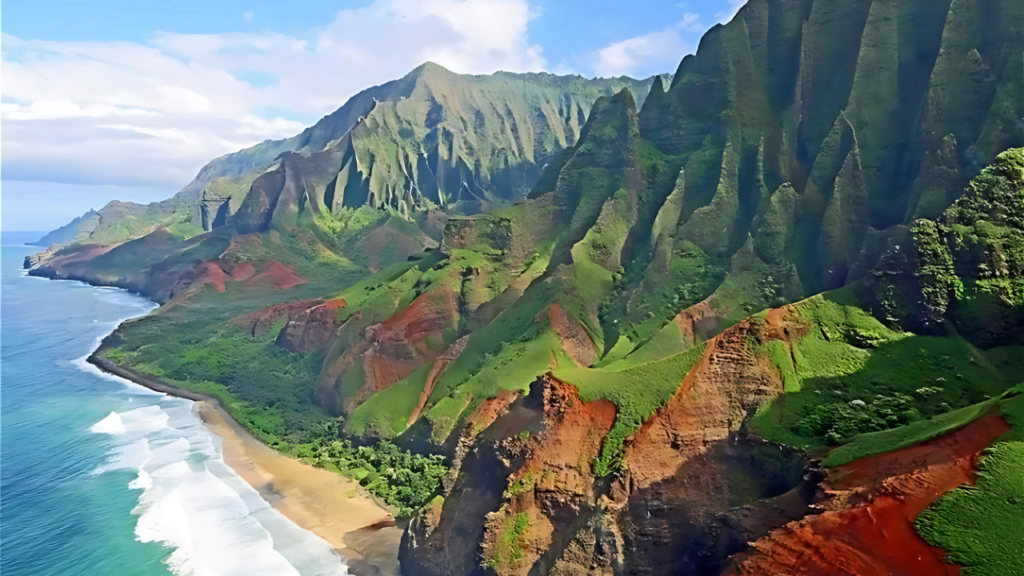
FAQs: Best Time to Visit Hawaii
1. What are the best times to visit Hawaii?
The best times to visit Hawaii are during the shoulder seasons of late spring (April-May) and early fall (September-November) for fewer crowds and lower prices. However, each season offers unique advantages, so it depends on your preferences.
2. When are Hawaii’s high seasons?
Hawaii’s high seasons are from June to July and December, coinciding with school vacations and the holiday season. These months see the highest influx of tourists and higher prices.
3. What is the weather like in Hawaii throughout the year?
Hawaii has consistently warm weather year-round. Winter (November-April) averages 78°F at the beach, while summer (May-October) averages 85°F. Rainfall is lowest from April to October.
4. When is the best time to avoid crowds in Hawaii?
To avoid crowds, visit during the shoulder seasons: January to May and August to November. February and September are particularly quiet months.
5. What are the best months for whale watching in Hawaii?
Humpback whales migrate to Hawaiian waters from December through May, with the peak season being January to March.
6. What are the surfing conditions like in Hawaii?
Winter brings larger waves, especially on the north-facing shores, ideal for experienced surfers. Summer offers smaller, more manageable waves for beginners. Major surf contests take place in winter.
7. How can I save money on a trip to Hawaii?
Travel during the shoulder seasons for better deals on flights and accommodations. Consider traveling on weekdays and looking into Hawaiian cruises for cost-effective options.
8. What are some must-visit islands in Hawaii?
Each island offers unique experiences:
- Oahu: Waikiki, North Shore beaches, Pearl Harbor
- The Big Island: Volcanoes, waterfalls, black sand beaches, coffee farms
- Maui: Snorkeling, whale watching, golf, dramatic landscapes
- Lana’i and Moloka’i: Intimate experiences with golfing, horseback riding
- Kaua’i: Na Pali Coastline, Waimea Canyon, Old Koloa Town, Hanapepe
9. Are there any specific activities recommended in Hawaii?
Yes, popular activities include:
- Snorkeling: Witness marine life, including sea turtles and tropical fish
- Whale Watching: Peak season from January to March
- Golfing: World-class courses with stunning views
- Sightseeing: Explore landscapes, cultural sites, secret gems
- Beach Hopping: From calm swimming spots to adventurous beaches
10. What should I pack for a trip to Hawaii?
Pack comfortable clothing, swimwear, sun protection (sunscreen, hats, sunglasses), cameras for capturing views, and snorkeling gear if you plan to explore underwater.
11. When is the hurricane season in Hawaii?
Hurricane season in Hawaii runs from June through November. It’s important to stay informed about potential tropical storms during these months.
12. How can I travel responsibly in Hawaii?
Respect local customs, keep a safe distance from wildlife, support Hawaiian-owned businesses, and minimize your environmental impact to protect Hawaii’s unique ecosystem and Indigenous culture.
13. What are some key cultural sites to visit in Hawaii?
Key cultural sites include:
- Pearl Harbor: Historic WWII site
- Old Koloa Town and Hanapepe: Rich in history and culture
- Various cultural festivals and events: To experience Hawaiian traditions and customs
14. Can I enjoy a Hawaiian vacation on a budget?
Yes, by traveling during shoulder seasons, booking flights and accommodations in advance, considering mid-week travel, and exploring budget-friendly activities like hiking and beach visits, you can enjoy Hawaii on a budget.
15. What makes Hawaii a year-round destination?
Hawaii’s warm climate, diverse activities, stunning landscapes, and rich culture make it a desirable destination any time of the year. Whether you’re interested in surfing, whale watching, hiking, or simply relaxing on the beach, Hawaii offers something for everyone year-round.
Conclusion: Plan Your Perfect Hawaiian Getaway
Whether you’re seeking adventure, relaxation, or cultural immersion, Hawaii has something for everyone. By considering the best times to visit for your specific interests—be it avoiding crowds, catching great weather, or finding the best deals—you can ensure an unforgettable Hawaiian vacation. So pack your bags and get ready to experience the magic of the Aloha State!

